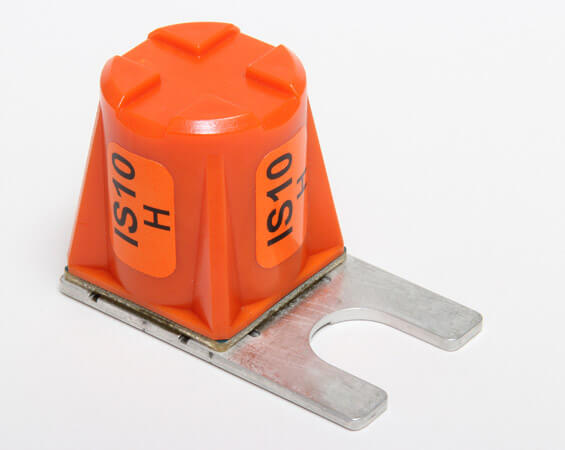Back in the 1990s, the Robert Redford film “Sneakers” was a story about cryptography, hackers, and a government plot. It’s not an Oscar-worthy movie, but it was interesting back in the day. Anyway, during one of the final scenes, Ben Kingsley’s character, Cosmo, makes a prescient statement to the effect that the world is run by ones and zeros and power goes to those who control the information.
Having access to lots of (useful) information can be powerful, and this concept is certainly topical in the process industries where the Industrial Internet of Things is seemingly discussed daily. When talking to plant operators, key to this trend is that any additional information must be useful. Anyone ever been in a plant where there are so many alarms (data) but they are not configured properly, to the point where operators begin to ignore them? The goal is that the IIoT will allow plants to sift through ones and zeros and help them see the answer to a problem that otherwise would not be visible.

Source: IntelliSAW.com
One of the problems, though, is that you can’t really purchase an IIoT because it’s a concept. To some, it can be scary to think about how to implement such a big concept, when in reality the best approach is to bite off little pieces to begin taking advantage of the core of IIoT—advanced insight.
We use a phrase at Emerson called pervasive sensing, which essentially means providing ubiquitous sensing technologies to provide more “eyes” and “ears” into areas outside of traditional process control measurement. One interesting technology for power plants is a system that detects problems with power transmission and distribution equipment by measuring and monitoring temperature, humidity, and partial discharge.

Source: IntelliSAW.com: IntelliSAW critical asset monitoring sensor
The U.S. Department of Energy estimates that 70% of transformers are 25 years old or older and 60% of circuit breakers are more than 30 years old, compared to useful lives of 25 years and 20 years. Perhaps these simple wireless devices can help power generators extend the life of their assets and make more informed decisions about when to spend capital to upgrade their aging infrastructure.
From Jim: You can connect and interact with other power experts in the Power group of the Emerson Exchange 365 community.





